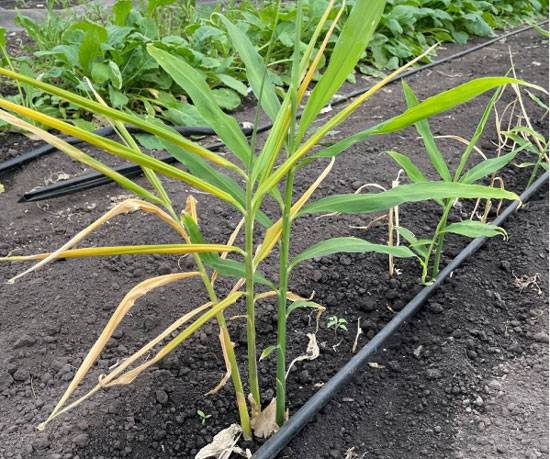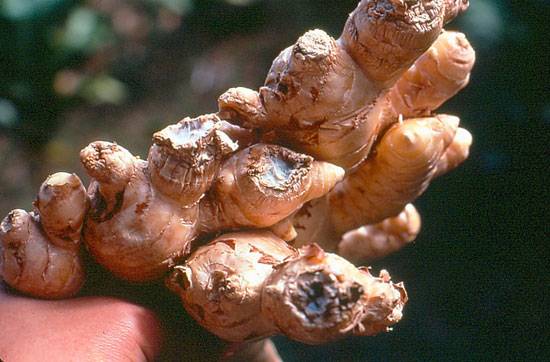Ginger
Bacterial Wilt
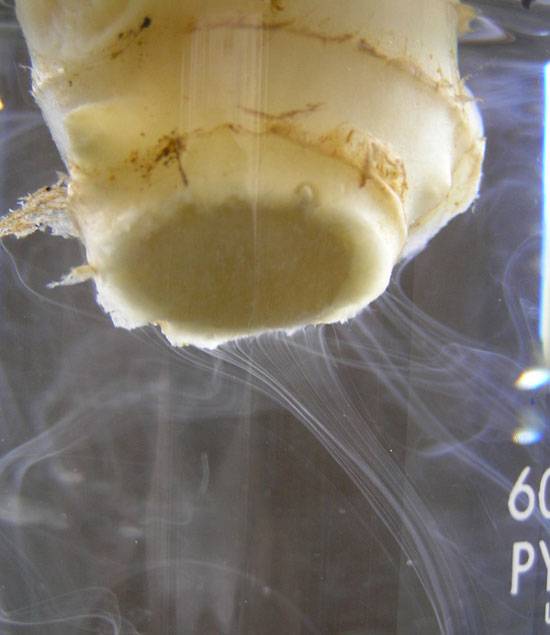
Ralstonia solanacearum
Bacterial Disease

Ralstonia solanacearum
Bacterial Disease

Ralstonia solanacearum
Bacterial Disease
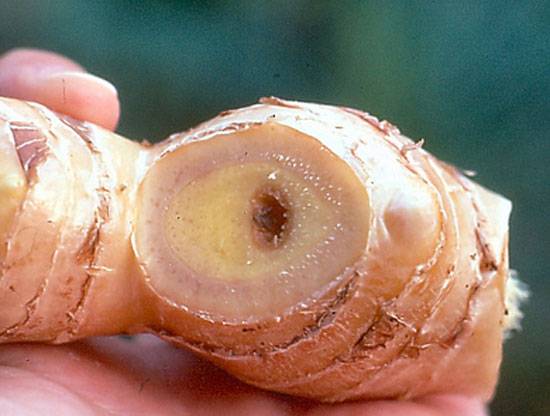
Ralstonia solanacearum
Bacterial Disease

Ralstonia solanacearum
Bacterial Disease
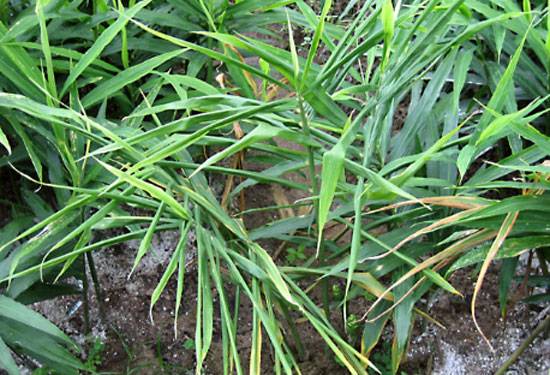
Ralstonia solanacearum
Bacterial Disease
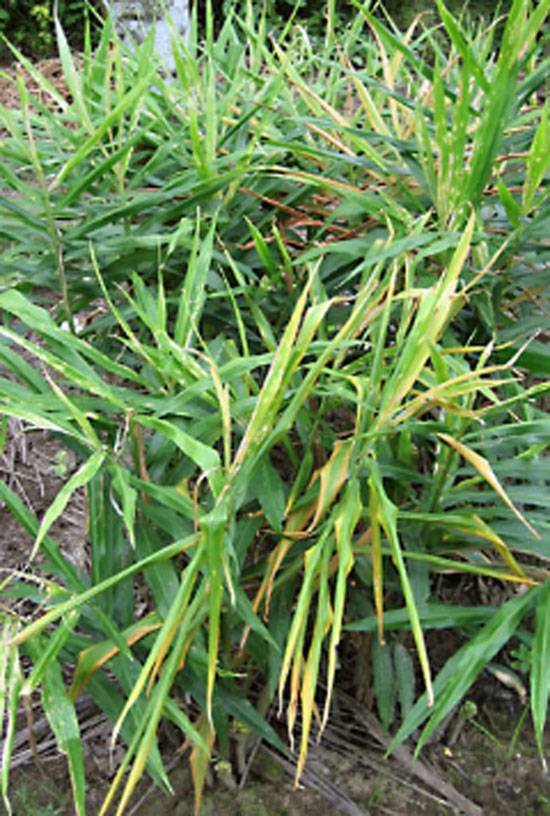
Ralstonia solanacearum
Bacterial Disease
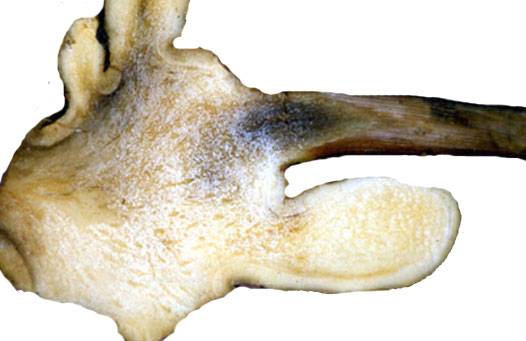
Ralstonia solanacearum
Bacterial Disease
Introduction
Wilt disease in ginger, caused by the soilborne bacterium Ralstonia solanacearum, is a severe problem that affects ginger rhizomes, leading to heavy crop losses. The disease spreads through contaminated rhizomes, infected soil, and poor sanitation practices, making it challenging to control.
Primary Causes & Transmission
- Causal Organism: Ralstonia solanacearum
- Primary Sources: Infected rhizomes and contaminated soil
- Modes of Transmission:
- Infected planting material
- Contaminated soil and farm tools
- Public irrigation water
- Spread through wounds and natural openings
Symptoms
- Initial wilting of lower leaves, turning yellow and later golden brown.
- Bronzing and curling of leaf margins, followed by complete plant wilting.
- Foul smell from the base of the pseudostem and rhizome.
- Milky bacterial ooze from cut pseudostems submerged in water.
- Vascular ring of rhizomes turns brown; in advanced cases, the entire tuber may disintegrate.
Favorable Conditions for Disease Development
- High temperatures (30-35°C) increase disease severity.
- Heavy rainfall and waterlogging promote bacterial spread.
- The pathogen can persist in soil for several years with alternative weed hosts.
Disease Management
Preventive Measures
- Use disease-free rhizomes for planting.
- Adopt crop rotation with non-host plants like cereals to break the disease cycle.
- Avoid water stagnation by ensuring proper drainage in fields.
Sanitation & Cultural Control
- Remove and destroy infected plants immediately.
- Disinfect farm tools and equipment before use.
- Use hot-air treatment for rhizomes before planting.
Chemical & Biological Control
- Soil treatment with lime reduces bacterial load.
- Use of biocontrol agents like Trichoderma spp. helps suppress the pathogen.
- Application of copper-based bactericides and organic amendments may provide some level of control.
Conclusion
Bacterial wilt in ginger is a devastating disease with long-term effects on soil health and crop yield. Farmers must adopt an integrated disease management approach, including proper sanitation, resistant planting materials, and preventive agronomic practices, to minimize losses and ensure healthy crop production.

